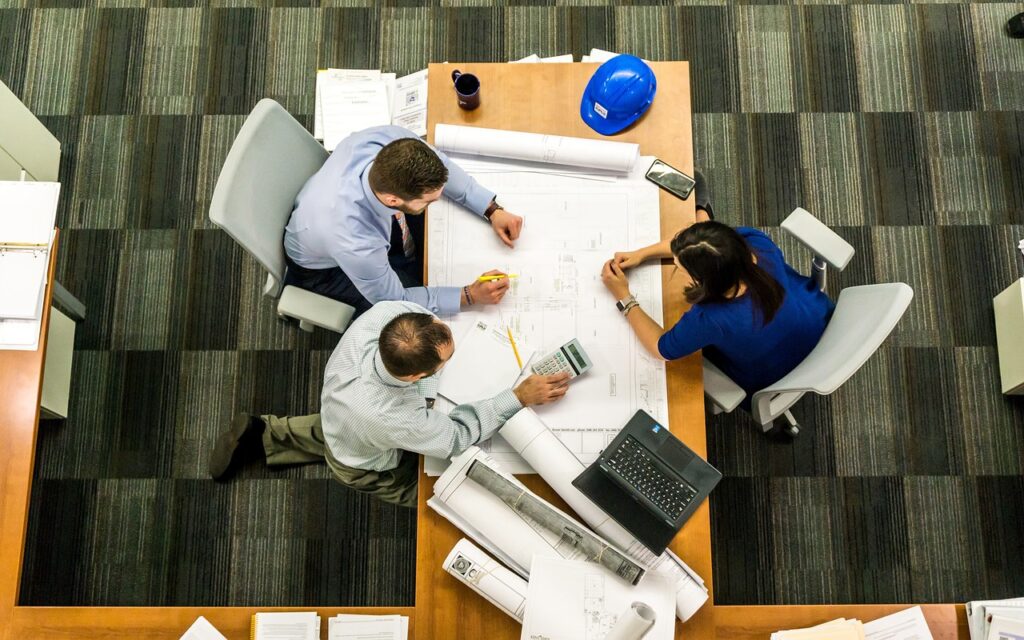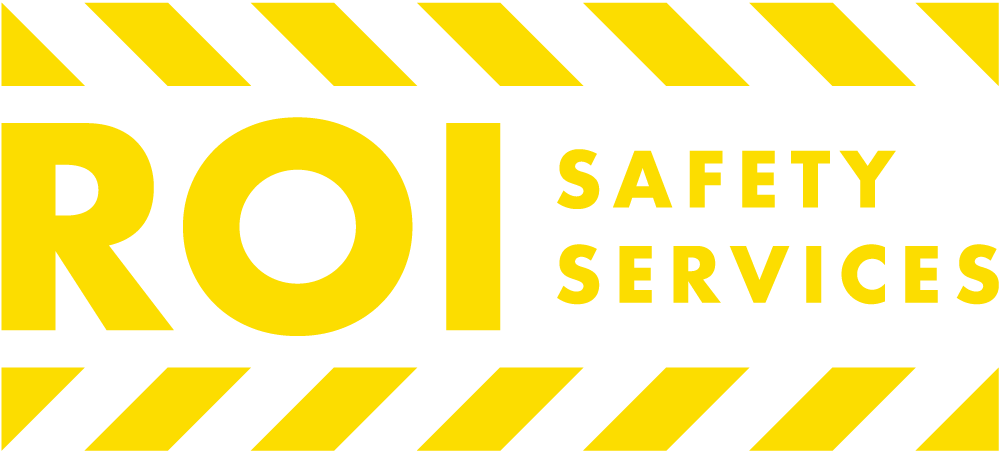The work done at construction sites often has environmental effects. Our top priority is to minimize this impact as much as we can. The use of an SWPPP is one way to achieve this. While many people think about skipping over an SWPPP Plan, this is a big mistake. Even though the primary purpose of an SWPPP is to protect the environment, it also protects you and your construction site!

What Does SWPPP Stand For?
SWPPP stands for Storm Water Pollution Prevention Plan. An SWPPP is a document required by the Environmental Protection Agency (EPA) that governs building sites and describes how the facility will control stormwater runoff.
An SWPPP’s primary objective is to lessen the pollutants from stormwater runoff into nearby sewage treatment facilities and waterways. The leading cause of water contamination in the US is stormwater runoff.
Any construction site must create an SWPPP if it:
- Forms part of a larger sale or development plan that involves various contiguous sites with at least one acre of the total disturbed area; or
- Disturbs a minimum of one acre of land.
What Does an SWPP Include?
This plan generally includes the following components:
- Site map and description: A comprehensive map and description of the site.
- Pollution prevention procedures: Details how the site operators will manage waste, deal with spills, and maintain drainage systems.
- Sampling and analysis plan: The sampling and analysis procedures are used to determine whether the site complies with environmental requirements.
- Recordkeeping procedures: Indicates how the operators will keep all the records of the activities related to the SWPP.
8 Goals an SWPPP Can Achieve
The plan describes specific Best Management Practices (BMPs) that can be used by the construction site to preserve water resources from contamination. While the primary purpose of an SWPPP is to protect water, many other goals can help a facility or organization achieve.
Therefore, the following seven common goals of a successful SWPPP enable construction site operators to abide by the requirements of the construction general permit to safeguard surface waters and water quality.
The eight goals an SWPPP can achieve are:
1. Protect Channels and Slopes
This involves slope stabilization and the conveyance of concentrated stormwater runoff around slope tops. It can be done by directing runoff around the exposed slope using earthen berms or pipe slope drains. If possible, stay away from causing any damage to natural channels or the vegetation that grows there.
2. Stabilize the Construction Site as soon as Possible
Stabilizing is the process of implementing specific BMPs to stop soil erosion. This involves the establishment of a cover of some kind over the exposed soils using BMPs, such as mulch, pegged sod, erosion control blankets, riprap, or other materials that stop soil erosion. Soil stabilization practices do not include simply seeding the ground. To stabilize the soil until the plant is established, mulch must be put together with the seed.
3. Follow Pollution Prevention Measures
An SWPPP contributes to preventing pollution and protecting public health by ensuring that all wastewater is disposed of and treated correctly. By lowering fines and increasing the project’s general efficiency, SWPPP can also assist in reducing the cost of construction projects.
4. Control the Perimeter of the Construction Site
Perimeter control is a BMP that serves as a barrier to keep sediment on a building site in place. Sediment control BMPs are designed to filter runoff, halt and hold flow, and encourage sediment settling out of runoff by pooling behind the BMP.
5. Promote Infiltration and Minimize Impervious Surfaces
The amount of runoff leaving the construction site will ultimately be decreased by reducing impervious surfaces. Additionally, whenever possible, direct runoff away from roofs and other impervious surfaces to vegetated areas, as this will encourage infiltration.
6. Reduce the Duration and Area of Exposed Soils
Construction phasing, which limits clearing to areas that will soon be under construction, can cut off-site sediment loads by 36% for a typical subdivision. Furthermore, stabilizing soils fast can significantly reduce erosion by decreasing the time that soil is exposed.
7. Protect Receiving Waters Next to the Construction Site
Although operators should take greater precautions in locations close to receiving waters or other environmentally sensitive areas, you must use sediment and erosion controls throughout the site. Keep in mind that the primary goal of sediment and erosion control is to protect surface waterways.
8. Compliance with Local, State, and Federal Laws
This is the main reason why many people develop an SWPPP. It is a form of protection against hefty fines for non-compliance with relevant laws and regulations.
Who Needs and Uses an SWPPP?
A National Pollutant Discharge Elimination System (NPDES) Permit is required for every facility that releases pollutants into the Water of the United States (WOTUS). The first step in acquiring this kind of permission is to complete an SWPPP.
Do You Need an SWPP in Your State?
While some states don’t, others do have specific rules for SWPPPs. Contact your state’s Department of Environmental Quality or comparable organization to determine if you need an SWPPP.
The state of Texas, for example, mandates that any construction sites larger than 5 acres have an SWPPP, and any site for land development or another facility that is subject to the jurisdiction of the Texas Commission on Environmental Quality (TCEQ) might also need an SWPPP.
The Bottom Line
SWPPP is a crucial step in the construction process since it controls how industry professionals dispose of wastewater, protecting waterways. While there are various objectives that you can achieve by establishing a comprehensive SWPP, they all link to the common purpose of protecting water and improving water quality.
If you need help creating an SWPP or need further assistance with SWPP compliance, contact the experienced professionals at ROI Safety Services for on-site stormwater consulting and monitoring services.

